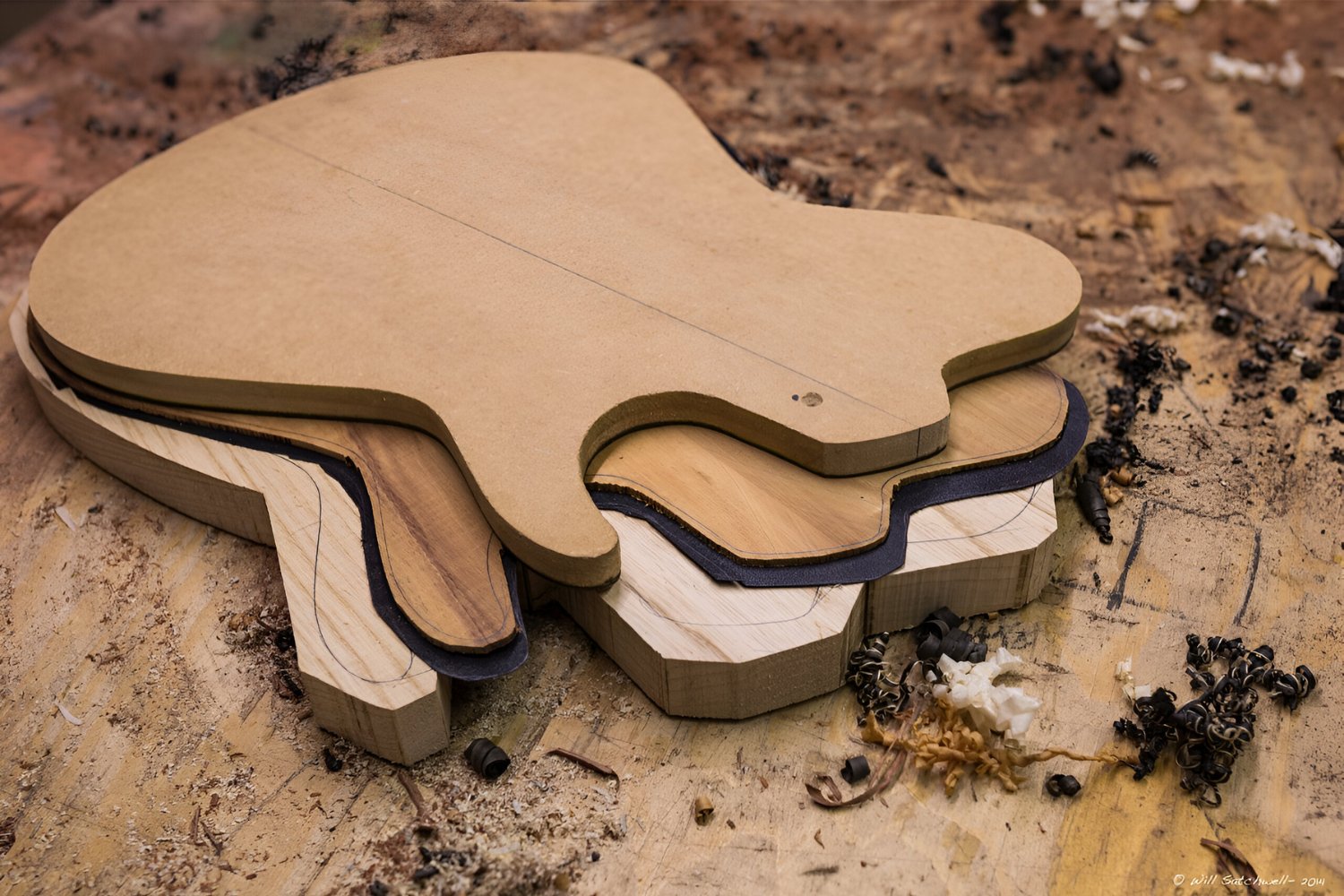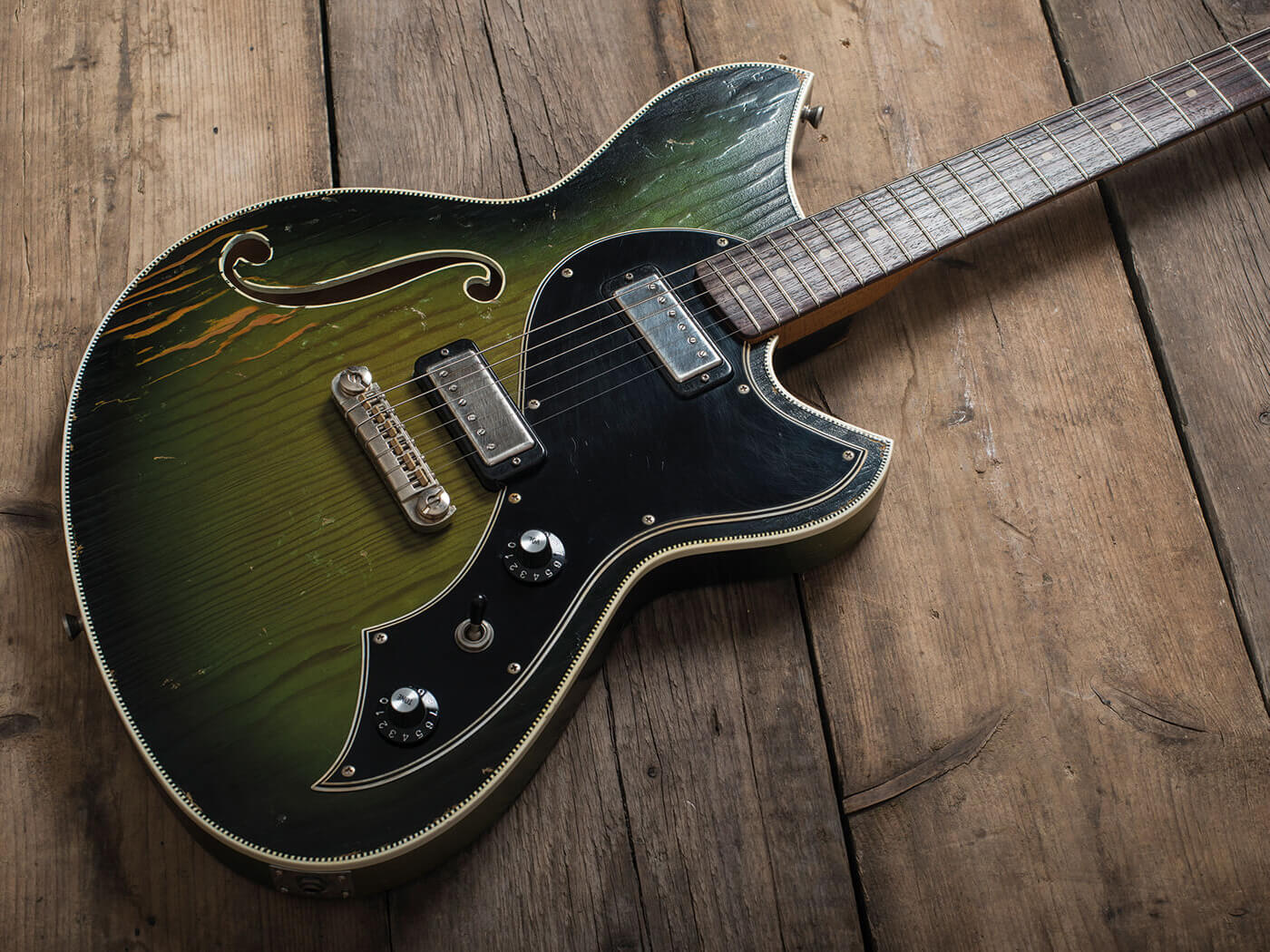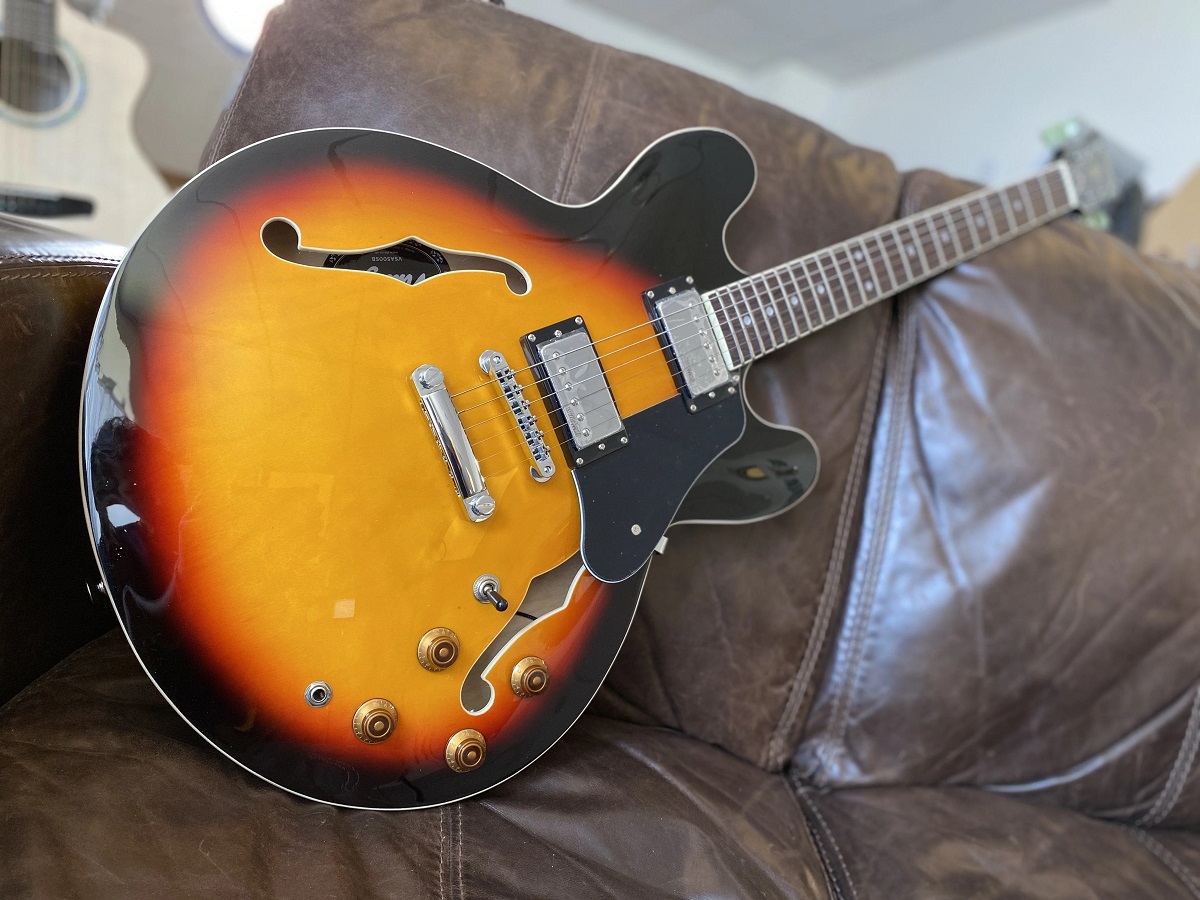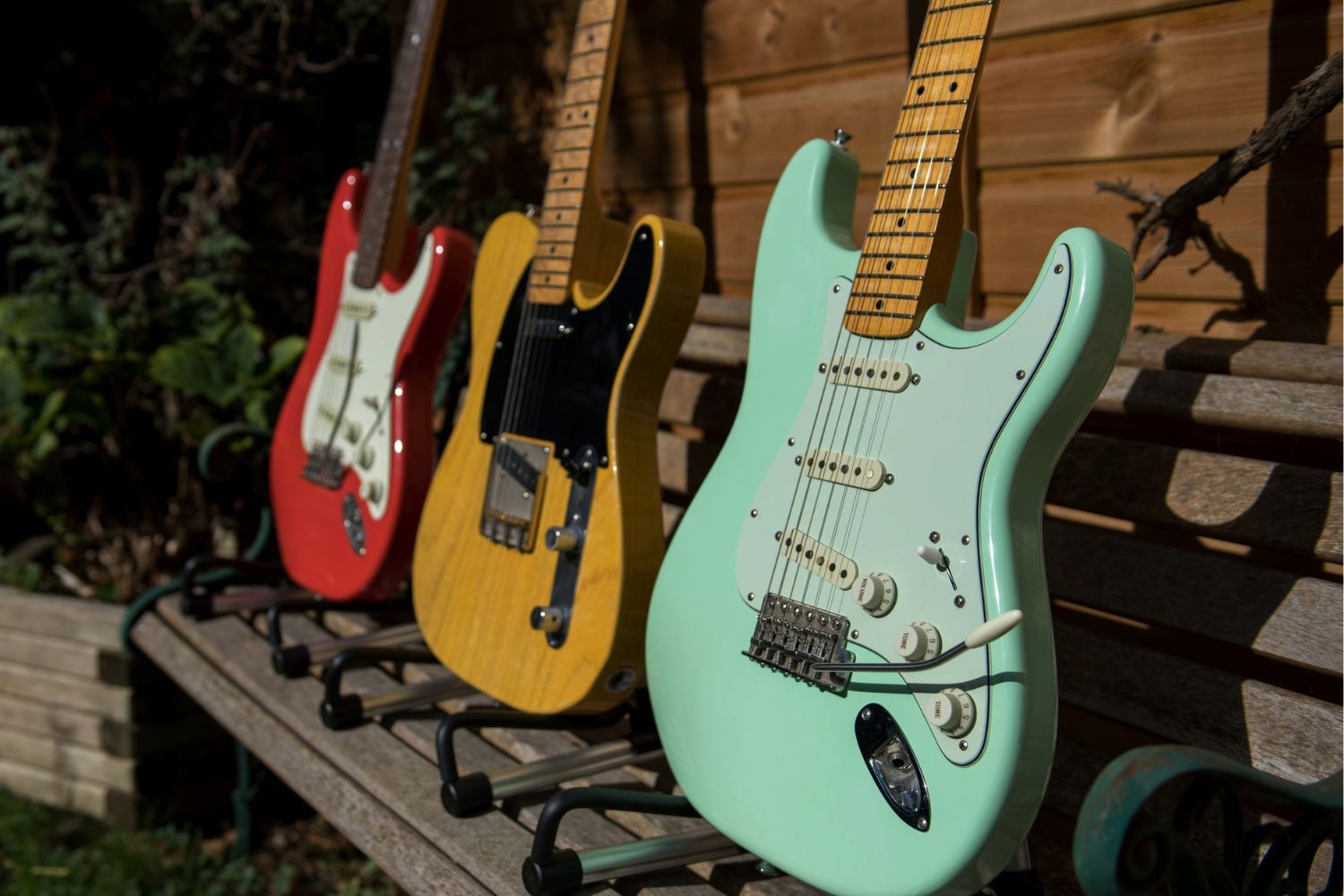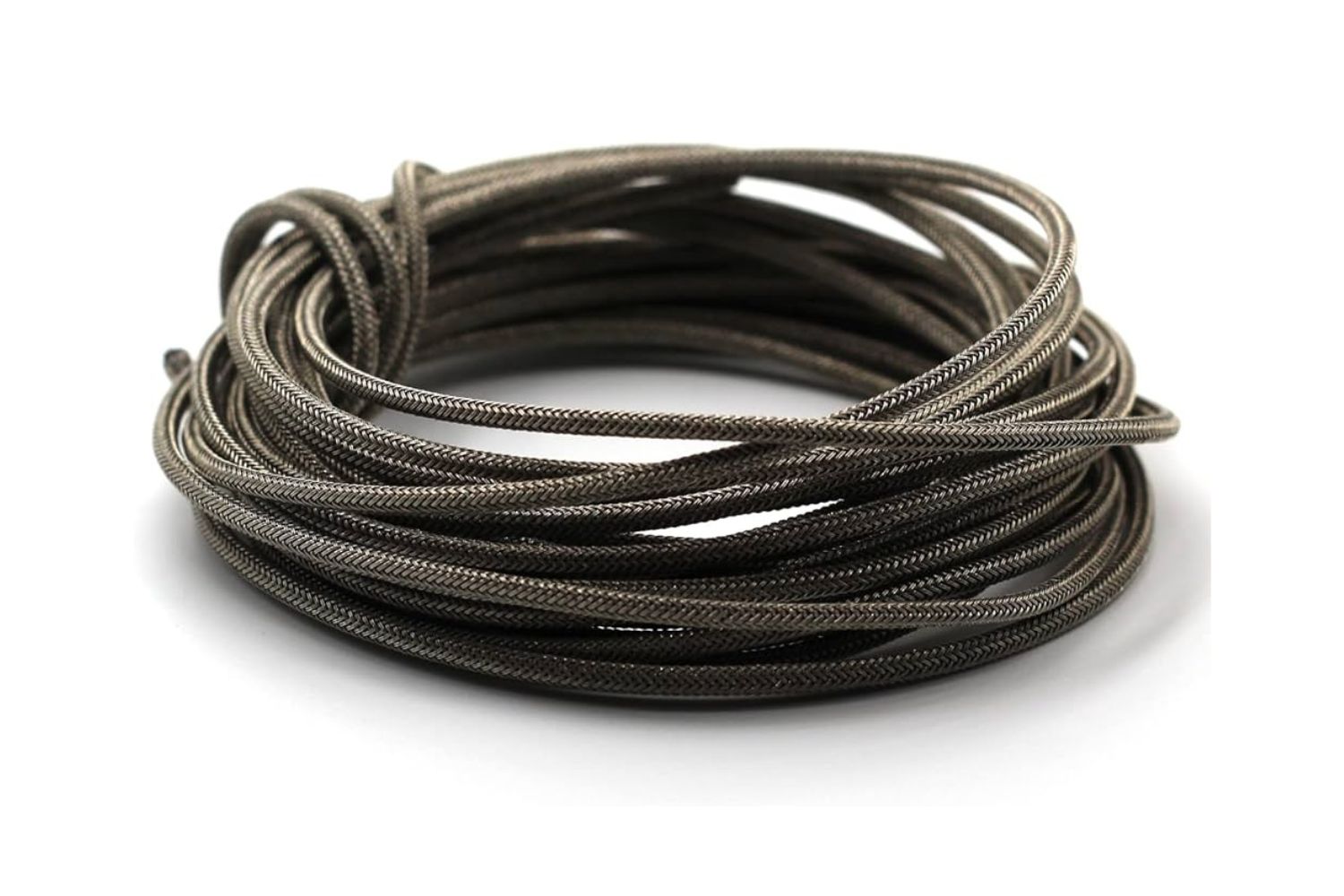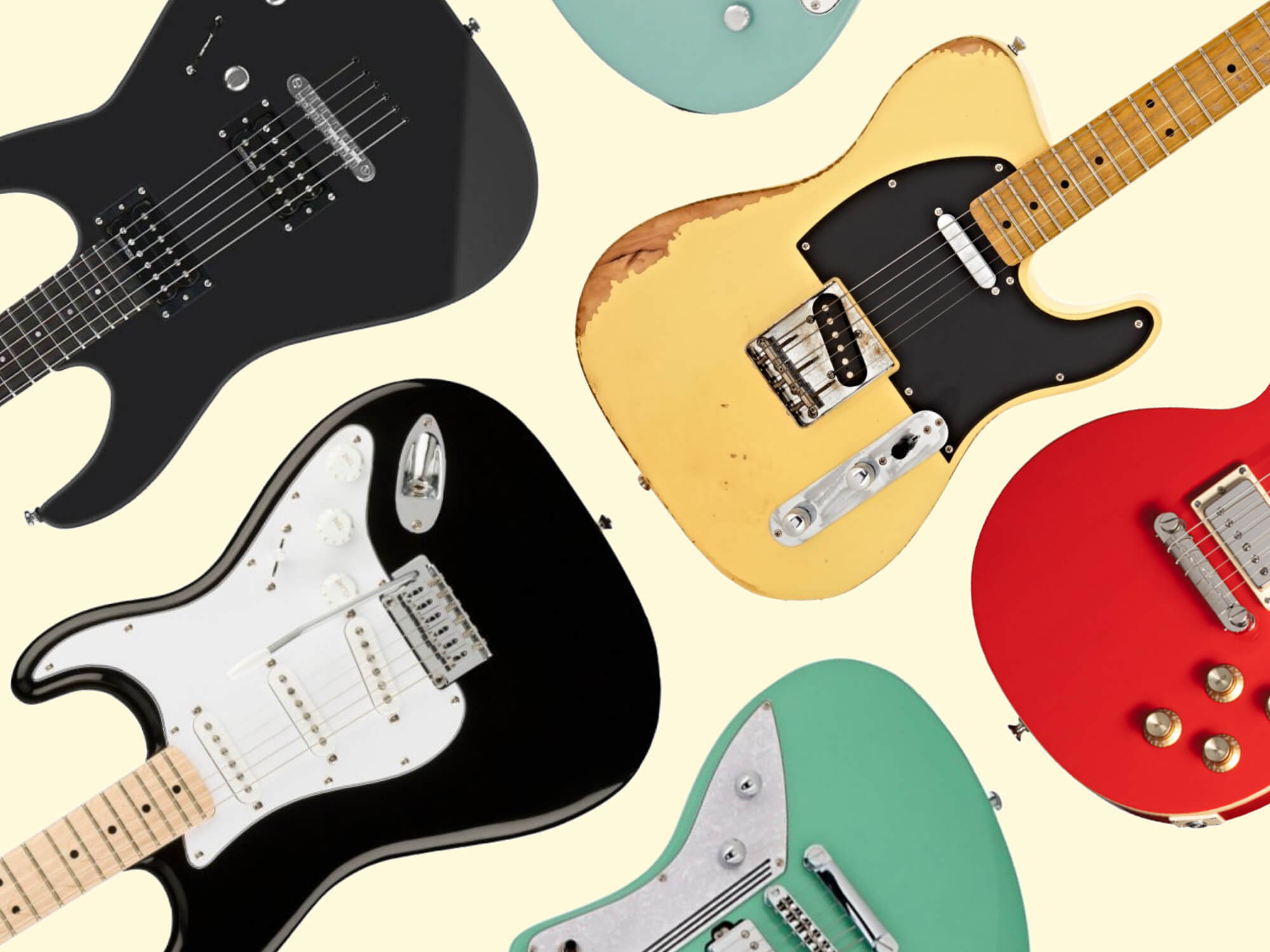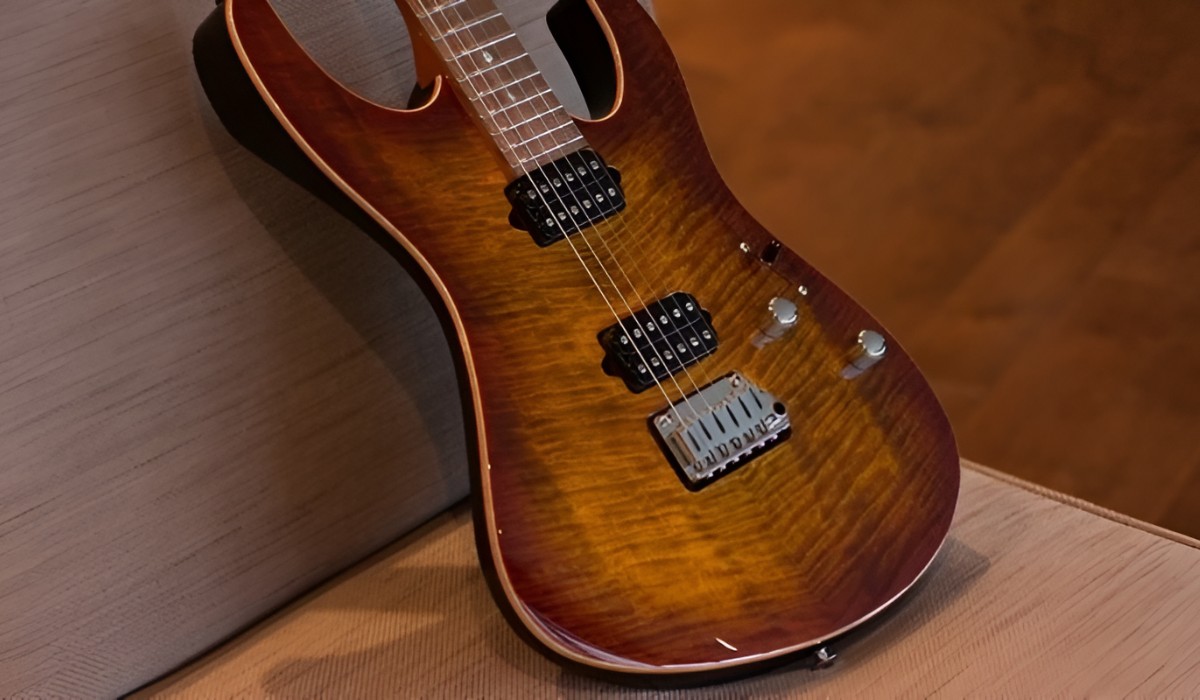Introduction
The thickness of an electric guitar body is a crucial factor that significantly impacts its tone, resonance, and overall playability. When considering the construction of an electric guitar, the body thickness plays a pivotal role in shaping the instrument's sound and feel. Understanding the optimal thickness for an electric guitar body is essential for both seasoned musicians and aspiring guitarists alike.
The body thickness of an electric guitar is not merely a matter of aesthetics; it directly influences the instrument's sonic characteristics. Whether you're drawn to the warm, resonant tones of a thicker body or the brighter, more articulate sound of a thinner body, the choice of body thickness profoundly shapes the guitar's sonic identity. Moreover, the playability and comfort of the instrument are also closely linked to its body thickness, making it a critical consideration for any guitarist.
Aspiring luthiers and guitar enthusiasts often delve into the intricacies of body thickness, seeking to understand its impact on the instrument's sound and feel. With a myriad of options available, ranging from slim and sleek to robust and substantial, the choice of body thickness is a deeply personal decision that reflects the player's sonic preferences and playing style.
In this article, we will explore the significance of electric guitar body thickness, delve into the factors to consider when choosing the appropriate thickness, and examine the common body thickness options available in the market. By shedding light on this fundamental aspect of electric guitar construction, we aim to equip guitarists and enthusiasts with the knowledge needed to make informed decisions when selecting an electric guitar based on its body thickness.
The Importance of Electric Guitar Body Thickness
The body thickness of an electric guitar holds immense significance in shaping the instrument’s tonal characteristics and overall performance. The thickness directly influences the guitar’s resonance, sustain, and tonal profile, making it a critical factor in determining the instrument’s sonic identity.
Thicker guitar bodies tend to produce a warmer, more rounded tone with enhanced sustain. The increased mass of the body allows for greater vibration, resulting in a rich, full-bodied sound that resonates deeply. This characteristic is particularly sought after in genres such as blues, jazz, and classic rock, where a lush, sustaining tone is highly valued.
Conversely, thinner guitar bodies yield a brighter, more articulate sound with pronounced attack and clarity. The reduced mass of the body allows for quicker, more focused vibrations, resulting in a snappier, more responsive tonal output. This tonal profile is often favored in genres such as pop, punk, and metal, where a cutting, defined sound is paramount.
Aside from tonal considerations, the body thickness also affects the overall feel and playability of the guitar. Thicker bodies provide a substantial, solid feel that some players find reassuring and comfortable, while thinner bodies offer a lighter, more maneuverable playing experience, ideal for extended performances and stage mobility.
Furthermore, the body thickness influences the weight distribution of the guitar, which can impact the instrument’s balance and ergonomics. A well-balanced guitar with an appropriate body thickness can contribute to a comfortable playing experience, reducing fatigue during extended playing sessions and performances.
Ultimately, the importance of electric guitar body thickness cannot be overstated. It is a defining factor that shapes the instrument’s sound, feel, and playability, making it a crucial consideration for any guitarist seeking to find their ideal sonic and playing characteristics.
Factors to Consider When Choosing Electric Guitar Body Thickness
When deliberating on the ideal body thickness for an electric guitar, several essential factors come into play, each influencing the instrument’s sound, playability, and overall performance. Understanding these factors is crucial for making an informed decision when selecting a guitar based on its body thickness.
- Tonal Preferences: One of the primary considerations when choosing a guitar body thickness is the tonal characteristics desired. Players who seek a warm, resonant tone with extended sustain may lean towards thicker bodies, while those aiming for a brighter, more articulate sound may opt for thinner bodies.
- Playing Style: The playing style and technique of the guitarist play a significant role in determining the ideal body thickness. Players who engage in intricate fingerstyle playing or nuanced techniques may prefer the enhanced resonance and sustain offered by thicker bodies. Conversely, those who favor fast, aggressive playing may find the responsiveness of thinner bodies more suitable.
- Comfort and Playability: The comfort and playability of the guitar are paramount considerations. Players should assess the ergonomics of different body thickness options to ensure a comfortable playing experience, especially during extended practice sessions and performances.
- Weight and Balance: The weight and balance of the guitar can significantly impact the player’s comfort and endurance. It’s essential to consider the overall weight distribution and balance of the instrument when evaluating different body thicknesses to ensure a well-balanced, comfortable playing experience.
- Musical Genre: The genre of music a guitarist primarily plays can influence the choice of body thickness. Different genres often have distinct tonal requirements, and selecting a body thickness that aligns with the sonic characteristics of the preferred genre can enhance the overall musical expression.
By carefully considering these factors, guitarists can make an informed decision when choosing the body thickness that best suits their tonal preferences, playing style, and comfort, ultimately enhancing their musical experience and performance capabilities.
Common Electric Guitar Body Thickness Options
Electric guitars are available in a variety of body thickness options, each offering distinct tonal characteristics and playability. Understanding the common body thickness options is essential for guitarists seeking an instrument that aligns with their sonic preferences and playing style.
1. Thin Body: Thin-bodied electric guitars, often around 1 to 1.5 inches thick, are favored for their lightweight, comfortable feel and bright, articulate tone. These guitars are well-suited for genres such as pop, punk, and metal, where a focused, cutting sound is desired. The reduced mass of the body allows for quick, responsive vibrations, resulting in enhanced note definition and clarity.
2. Standard Body: Electric guitars with a standard body thickness, typically around 1.75 to 2 inches, strike a balance between versatility and resonance. These guitars offer a well-rounded tonal profile, suitable for a wide range of musical styles. The moderate thickness provides a blend of warmth and articulation, making them popular among players across various genres.
3. Thick Body: Guitars with thicker bodies, often exceeding 2 inches in thickness, are prized for their rich, resonant tone and extended sustain. These instruments excel in genres such as blues, jazz, and classic rock, where a lush, sustaining sound is highly valued. The increased mass of the body allows for deep, full-bodied resonance, contributing to a robust sonic character.
4. Multi-Layered Bodies: Some electric guitars feature multi-layered bodies, where different tonewoods are strategically combined to achieve specific tonal qualities. These guitars often exhibit varying thicknesses across different sections of the body, allowing for a nuanced, complex sonic output that caters to the demands of discerning players.
5. Custom Thickness Options: With the rise of custom guitar builders and luthiers, players have the opportunity to explore bespoke body thickness options tailored to their exact preferences. Custom guitars offer the flexibility to experiment with unconventional thickness profiles, catering to individual sonic aspirations and ergonomic requirements.
By familiarizing themselves with these common electric guitar body thickness options, guitarists can make informed decisions when selecting an instrument that resonates with their musical vision and playing preferences, ultimately enhancing their sonic expression and performance capabilities.
Conclusion
Understanding the significance of electric guitar body thickness is crucial for guitarists and enthusiasts seeking an instrument that aligns with their sonic preferences and playing style. The body thickness plays a pivotal role in shaping the guitar’s tonal characteristics, resonance, and playability, making it a fundamental consideration in the selection process.
By recognizing the impact of body thickness on the instrument’s sound and feel, players can make informed decisions based on their tonal aspirations, playing techniques, and comfort preferences. Whether opting for a thinner body to achieve a bright, articulate sound or choosing a thicker body for enhanced warmth and sustain, the choice of body thickness directly shapes the sonic identity of the electric guitar.
Factors such as tonal preferences, playing style, comfort, weight distribution, and musical genre all contribute to the decision-making process when selecting the appropriate body thickness. By carefully evaluating these factors, guitarists can pinpoint the body thickness that best complements their musical expression and performance requirements.
Furthermore, the availability of various body thickness options, including thin, standard, thick, multi-layered bodies, and custom thickness profiles, provides guitarists with a diverse range of choices to suit their individual preferences. Custom guitar builders and luthiers further expand the possibilities, offering bespoke body thickness options tailored to specific sonic and ergonomic needs.
In essence, the electric guitar body thickness serves as a foundational element that shapes the instrument’s sonic character and playability. By delving into the nuances of body thickness and its impact on tone and feel, guitarists can embark on a journey to discover an instrument that resonates with their musical vision, ultimately enhancing their artistic expression and performance capabilities.







